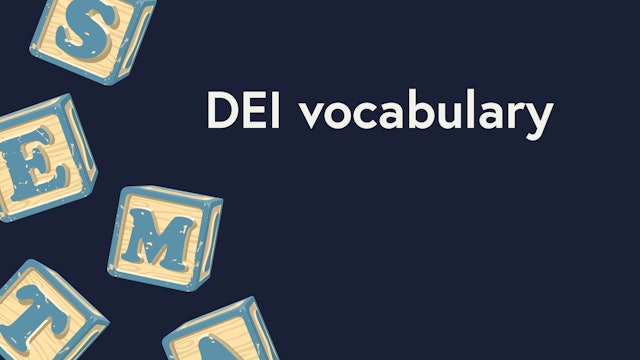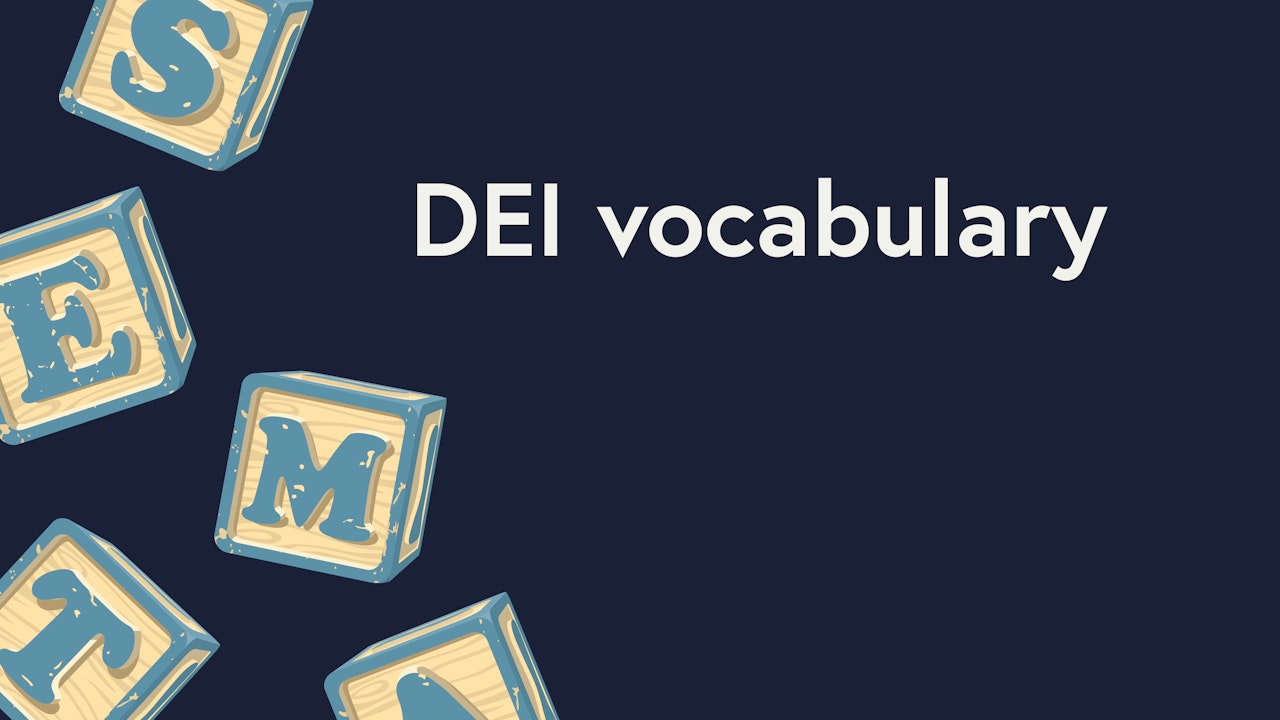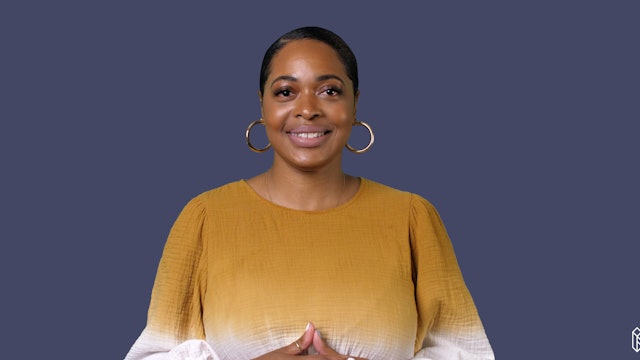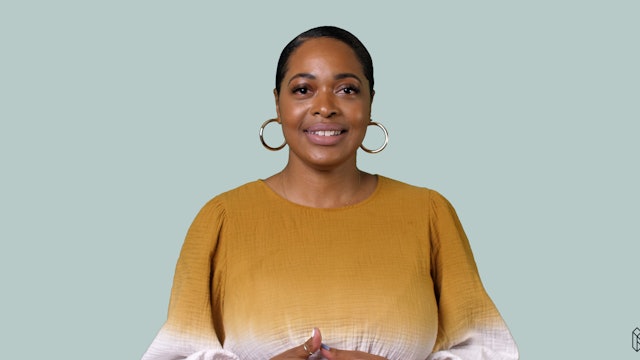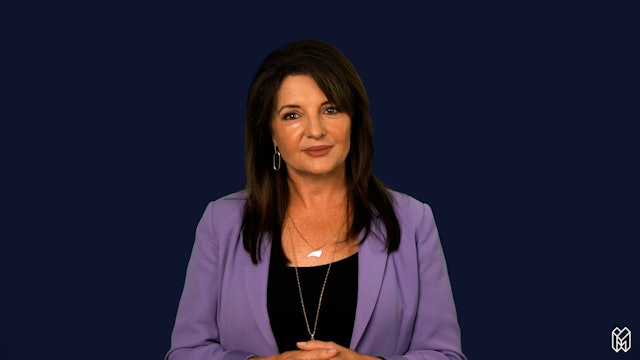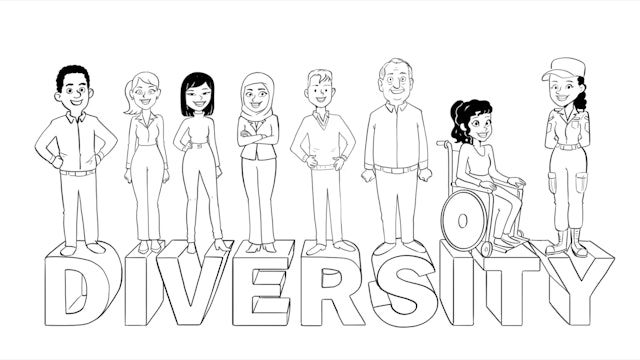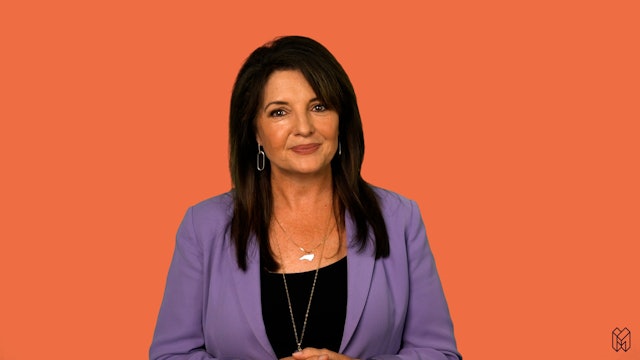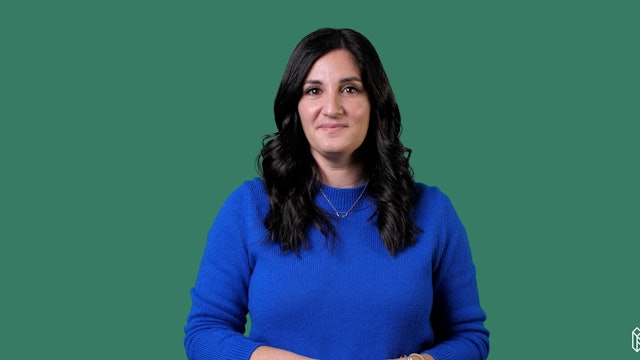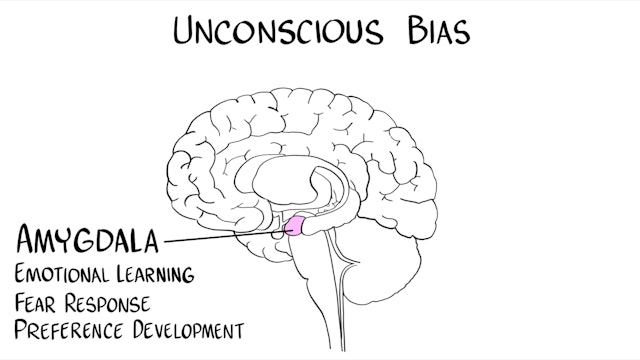-
What is Ageism?
Clarify your understanding of ageism, the common manifestations of this form of bias, and its negative effects. Get helpful advice for addressing and eliminating ageism throughout your organization.
-
What is the ADKAR Model of Change?
Discover the meaning of the acronym ADKAR, a behavior management model. Learn how the ADKAR approach can help leaders introduce changes to their teams by breaking down the process into 5 distinct stages.
-
What Does Limb Difference Mean?
Investigate what the term “limb difference” means. Get helpful advice for ensuring reasonable accommodation, accessibility, and appropriate assistive technology for employees with the partial or complete absence of a limb.
-
What is Oppression?
Understand what oppression means. Recognize its roots in American history and its lasting effects today. Explore examples of oppression and how privileged individuals can be allies and advocates for disadvantaged individuals and groups.
-
Difference Between a Service Animal and an Emotional Support Animal
Get clear on the difference between service animals and emotional support animals and the ways they assist people. Benefit from helpful tips for accommodating these animals in your workplace, including what’s required by the Americans with Disabilities Act (ADA).
-
Is Inclusive Language Different from Political Correctness?
Understand how inclusive language differs from political correctness, and why it is a more effective communication style for strengthening your workplace culture.
-
What is an Intellectual Disability?
Develop a deeper understanding of intellectual disabilities, not only how these terms are defined, but how they impact some people’s ability to reason, solve problems, plan, understand concepts, and learn.
-
What is a Minority Group?
Take a deeper dive into what is meant by “minority groups” and the definition of “minority.” Learn why these terms are generally inaccurate, outdated, and can be condescending. Get helpful suggestions for alternative words to use instead.
-
What Does Hispanic Mean?
The term Hispanic is meant to be an inclusive expression to describe Spanish-speaking people all around the world. You may meet Hispanic people from Spain itself, from Latin America, and/or the Philippines.
-
What Does it Mean to Be a Cultural Add vs. a Cultural Fit for an Organization?
Cultural fits were - and still are - what many hiring managers looked for to fill open positions. However, the focus is now shifting to cultural adds. Learn what a cultural addition is and how they'll benefit your organization.
-
Why Do Some People Say "Partner" Now?
Discover why more people are using the term “partner” to describe their significant other. Consider why “partner” can fit more flexibly than traditional, binary terms such as “husband” and “wife” as society’s norms for roles and responsibilities in a relationship continue to diversity and evolve.
-
How Do I Show I Am Culturally Aware?
Cultural awareness centers on respecting and valuing the differences of other people and groups. Open-mindedness and engaged learning is key to inclusion. This video will show you how to respectfully communicate your cultural awareness.
-
Types of Diversity
Learn about several dimensions of diversity including race, ethnicity, gender identity, sexual orientation, neurodiversity, age, ability, religion, and acquired diversity.
-
What is Bystander Training?
Ever heard of “bystander training”? Find out what it is and how it can make employees and workplaces safer. Learn how bystander training provides people with methods and tools to identify harmful behaviors and intervene on a victim’s behalf without compromising their own safety.
-
What Frontline Professionals Need to Know About Inclusion
Helpful guidance for frontline personnel on what inclusion means and how to ensure an inclusive customer experience. Learn three simple steps to create a workplace environment that’s welcoming to everyone based on showing respect, listening, and avoiding assumptions.
-
How Frontline Bias Can Cost You Customers
Frontline bias is a term used to describe the negative attitudes and unconscious biases that frontline professionals may hold against customers of particular demographics. Understand how this type of bias can cost you customers.
-
What Does the ADA Protect?
Learn how the Americans with Disabilities Act (the ADA) protects people with disabilities from discrimination and unfair treatment in employment, communications, government programs, transportation, and more.
-
What's the Difference Between Underrepresented and Marginalized?
Take a closer look at the terms underrepresented and marginalized. Learn why these two terms are not synonymous and why both have developed some negative connotations. Recognize the potential of these terms to minimize, or even ostracize, the individuals you are describing.
-
What is Integrity?
Take a closer look at integrity and why it’s an essential core value for every successful business. Learn to recognize acts of integrity like taking accountability, admitting and learning from mistakes, and maintaining ethical business practices. Also, consider the connection between integrity an...
-
What are Pronouns?
See how English pronouns are evolving to provide individuals with a range of options for self-identification. Examine how newly-accepted conventions, including the “singular they,” create greater inclusivity. Discover how sharing your pronouns with others helps build authentic connections.
-
What is Pride Month?
Acquaint yourself with Pride Month, an international celebration that highlights LGBTQ+ voices, history, rights, and culture. Confirm why it’s important for your organization to support societal and workplace equity by recognizing LGBTQ+ people and the contributions of your LGBTQ+ employees.
-
What is Down Syndrome?
Get a basic definition of Down syndrome, a genetic disorder that affects about 1 in every 800 American babies, affects facial features and speech, causes intellectual disability, and an increased risk for various health conditions.
-
What is the Difference Between "Calling Out" and "Calling In"?
Learn to coach employees who use harmful language or exhibit biased behaviors by adding two new tools to your management skill set: “calling out” and “calling in.” Get helpful examples of each technique and insightful advice about when and how to use them.
-
What is Unconscious Bias?
Understand the mechanics behind unconscious, or implicit, bias and how it manifests in the workplace.

